Table of content
The oyster blade steak, a term that may sound enigmatic to many, is a culinary gem hidden within the complex anatomy of a cow. Often overshadowed by more renowned cuts like ribeye, fillet, or sirloin, this particular steak offers a unique combination of flavor, texture, and versatility. To truly appreciate its merits, one must first understand its anatomical origins, the factors that influence its quality, and the optimal methods to transform it into a memorable dish. This article delves into the intricacies of the oyster blade steak, exploring its placement within the bovine body, its biological characteristics, and the culinary techniques that elevate it from an obscure cut to a gastronomic delight.
Anatomical Origins: Where Does the Oyster Blade Steak Come From?
To locate the oyster blade steak, one must venture into the shoulder region of the cow, a area known among butchers and meat enthusiasts as the chuck primal. The chuck primal is a large section encompassing the neck, shoulder blade, and upper arm of the animal. This region is renowned for producing flavorful yet tough cuts due to the muscles’ frequent use during the cow’s life. The oyster blade steak, specifically, is derived from the infraspinatus muscle, a triangular-shaped muscle located beneath the shoulder blade (scapula). This muscle plays a pivotal role in the cow’s movement, aiding in the rotation and stabilization of the shoulder joint. As a result, the meat from this area is characterized by a robust marbling of fat and connective tissue, which contributes to its rich flavor but also requires careful preparation to achieve tenderness.
Butchers often refer to the oyster blade steak by alternative names, such as the top blade steak or butler’s steak, depending on regional preferences and cutting techniques. In some countries, it may also be labeled as a flat iron steak, though this term technically refers to a specific portion of the oyster blade after the removal of a tough connective tissue membrane running through its center. Regardless of the nomenclature, the oyster blade’s position in the shoulder primal underscores its identity as a working muscle cut, prized for its depth of flavor rather than inherent tenderness.

Biological Characteristics: What Makes the Oyster Blade Unique?
The oyster blade steak’s distinctiveness lies in its anatomical structure and biochemical composition. As a muscle heavily engaged in the cow’s daily activities, the infraspinatus contains a higher density of collagen, a protein that provides structure to muscles and connective tissues. While collagen contributes to the steak’s robust chewiness, it also acts as a natural tenderizer when subjected to slow, moist cooking methods. The marbling within the oyster blade—the interspersion of fat within the muscle fibers—enhances its juiciness and imparts a buttery richness that balances the meat’s inherent robustness.
Another defining feature of the oyster blade is its grain structure. Like all muscle cuts, the oyster blade has long fibers running parallel to each other. However, the presence of a thick connective tissue membrane, often referred to as the gristle line or fascia, divides the muscle into two distinct lobes. This membrane, while challenging to chew if not properly addressed, can be removed or sliced through to create two thinner, more manageable steaks. This process not only improves the eating experience but also allows for even cooking and marinade penetration.
Comparative Analysis: Oyster Blade vs. Other Steak Cuts
To contextualize the oyster blade’s attributes, it is essential to compare it with more mainstream steak cuts. The ribeye, for instance, is harvested from the rib primal, a less-worked section of the cow, resulting in a tender, well-marbled steak with a melt-in-the-mouth texture. In contrast, the oyster blade’s tenderness is contingent on cooking methods, as its collagen-rich structure demands low-and-slow preparation to break down tough fibers. The sirloin, derived from the rear back portion, offers a balance of tenderness and flavor but lacks the oyster blade’s intense beefy taste. The fillet mignon, renowned for its buttery texture, is significantly leaner and less flavorful than the oyster blade, making it a luxury cut suited for quick searing rather than prolonged cooking.
The flat iron steak, often confused with the oyster blade, is technically a subsection of the latter. By removing the gristle line, butchers can produce two flat iron steaks from a single oyster blade, each boasting a more uniform texture and tenderness. However, this process may sacrifice some of the oyster blade’s characteristic richness, as the marbling is slightly reduced in the trimmed flat iron.
Culinary Applications: Mastering the Oyster Blade Steak
The oyster blade’s culinary potential hinges on understanding its strengths and limitations. While it may not be ideal for quick, high-heat searing (a method better suited to tender cuts like fillet or ribeye), it excels in applications that emphasize flavor development and texture transformation. Below are some of the most effective techniques for preparing oyster blade steak:
Slow Cooking and Braising
Low-and-slow cooking methods, such as braising or stewing, are the oyster blade’s best allies. By subjecting the meat to gentle, moist heat over several hours, the collagen within the muscle fibers gradually breaks down into gelatin, resulting in a fork-tender texture and a deeply savory broth. Classic dishes like beef bourguignon, pot roast, or Mexican carne guisada showcase the oyster blade’s ability to absorb flavors while retaining its structural integrity.
Marinating and Grilling
For those who crave the charred crust and smoky aroma of grilled steak, the oyster blade can still shine with proper preparation. Marinating the meat in acidic ingredients (such as vinegar, citrus juice, or wine) helps tenderize the fibers, while enzymatic elements like pineapple or papaya further break down tough proteins. Slicing the steak against the grain after cooking minimizes chewiness, ensuring a pleasant mouthfeel.
Sous Vide Precision
Modernist cooks often turn to sous vide cooking to achieve perfect doneness with the oyster blade. By vacuum-sealing the steak and cooking it in a water bath at a precise temperature (typically between 55°C and 65°C for 12–24 hours), the collagen melts without overcooking the meat. A quick sear in a hot pan or with a blowtorch then creates a caramelized crust, balancing tenderness and flavor.
Thinly Sliced Stir-Fries
In Asian cuisine, the oyster blade is frequently sliced thinly against the grain and stir-fried with vegetables and sauces. The rapid cooking preserves the meat’s moisture while the thin slices ensure even tenderization. Dishes like Mongolian beef or Korean bulgogi benefit from the oyster blade’s robust flavor and ability to absorb marinades.
Nutritional Profile: Health Benefits and Considerations
The oyster blade steak offers a nutrient-dense profile, making it a valuable addition to a balanced diet. A 100-gram serving provides approximately:
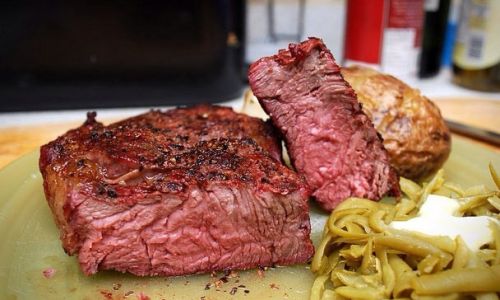
- Protein: 26–28 grams, essential for muscle repair and immune function.
- Fat: 14–16 grams (including 6–7 grams of saturated fat), contributing to satiety and hormone production.
- Vitamins: B12, B6, niacin, and riboflavin, crucial for energy metabolism and nervous system health.
- Minerals: Iron, zinc, and phosphorus, supporting oxygen transport, immune function, and bone health.
While the oyster blade’s fat content is higher than leaner cuts like fillet, its marbling ensures that the fat is evenly distributed, enhancing flavor without excessive greasiness. However, individuals monitoring their saturated fat intake may opt for trimming visible fat or choosing leaner cooking methods, such as grilling over direct heat to render excess fat.
Cultural Significance: The Oyster Blade in Global Cuisines
The oyster blade’s culinary journey spans continents, with each culture adapting it to local traditions and flavors:
-
Australia and New Zealand: Here, the oyster blade is a staple in slow-cooked dishes, often simmered in red wine and herbs until falling apart. It is also a popular choice for “smoked beef” sandwiches, where the meat is shredded and paired with tangy barbecue sauce.
-
Japan: In yakiniku (grilled meat) restaurants, the oyster blade is prized for its intense beefy flavor. It is often marinated in a mixture of soy sauce, mirin, and garlic before being grilled tableside.
-
Mexico: The oyster blade is a key ingredient in birria, a spicy stew traditionally made with goat or beef. The meat is marinated in a chili-based adobo, then slow-cooked until tender and served with corn tortillas.
-
Europe: In France, the oyster blade is used in daube de boeuf, a Provençal stew flavored with red wine, tomatoes, and aromatic herbs. British butchers may label it as “top blade” and use it in pies or casseroles.
Butchery Techniques: From Primal Cut to Perfect Steak
The process of transforming the chuck primal into oyster blade steaks requires precision and knowledge. Butchers begin by removing the shoulder clod (a larger section encompassing multiple muscles) from the carcass. The oyster blade is then located by identifying the infraspinatus muscle, which sits adjacent to the shoulder blade.
A critical step in preparing the oyster blade is deboning and removing the gristle line. The connective tissue membrane running through the center of the muscle must be carefully excised to create two flat iron steaks or left intact for a thicker oyster blade. Butchers may also choose to butterfly the steak, slicing it horizontally to increase surface area and reduce cooking time.
Sustainability and Ethical Considerations
In an era where sustainability dominates food discourse, the oyster blade steak offers a compelling case for reducing meat waste. Historically, lesser-known cuts like the oyster blade were overlooked in favor of more profitable options, leading to unnecessary discard or underutilization. By embracing these cuts, consumers and chefs alike support sustainable practices by utilizing the entire animal, minimizing waste, and reducing the demand for industrially farmed, low-welfare meat.
Furthermore, the oyster blade’s flavor intensity allows for smaller portion sizes without sacrificing satisfaction, aligning with dietary guidelines that advocate for moderate meat consumption.
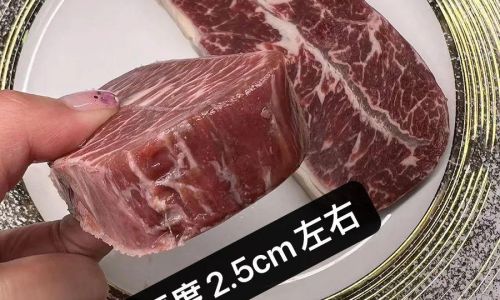
Pairing Suggestions: Elevating the Oyster Blade Experience
To complement the oyster blade’s robust flavor, consider the following pairings:
- Wine: Full-bodied reds like Shiraz, Cabernet Sauvignon, or Malbec enhance the meat’s richness without overpowering it.
- Beer: Malty ales or stouts provide a contrasting sweetness that balances the steak’s umami notes.
- Sides: Creamy polenta, roasted root vegetables, or garlic mashed potatoes absorb the meat’s juices, creating a harmonious plate.
- Sauces: Red wine reduction, peppercorn sauce, or chimichurri add layers of complexity without masking the steak’s natural taste.
Common Misconceptions and Tips for Success
Despite its merits, the oyster blade steak faces several misconceptions that deter home cooks from experimenting with it:
-
“It’s too tough to enjoy.”
While the oyster blade requires careful preparation, modern techniques like sous vide or marinating can render it tender. The key is to respect the meat’s collagen content and avoid overcooking at high temperatures. -
“It’s interchangeable with flat iron steak.”
While related, the oyster blade and flat iron steak differ in texture and marbling. The flat iron, being a subsection of the oyster blade, lacks the gristle line but may have slightly less flavor. -
“It’s only suitable for stews.”
While slow cooking is ideal, the oyster blade can also be grilled or pan-seared if sliced thinly against the grain and properly marinated.
Conclusion: The Oyster Blade Steak—A Cut Above the Rest
The oyster blade steak, often relegated to the shadows of its more glamorous counterparts, is a testament to the art of butchery and the science of cooking. Its anatomical origins in the cow’s shoulder, coupled with its rich marbling and collagen-rich structure, make it a canvas for culinary creativity. Whether slow-cooked to melt-in-the-mouth perfection, grilled with precision, or sliced thinly for stir-fries, the oyster blade rewards the adventurous cook with unparalleled flavor and versatility.
As consumers increasingly seek sustainable, affordable, and flavorful alternatives to mainstream cuts, the oyster blade steak emerges as a hero of the modern kitchen. By understanding its anatomy, embracing its unique qualities, and mastering the techniques to elevate it, home cooks and chefs alike can unlock a world of gastronomic possibilities—one tender, juicy bite at a time. So the next time you encounter this unassuming cut, remember: within its modest appearance lies the heart of the cow’s shoulder, waiting to be transformed into a culinary masterpiece.
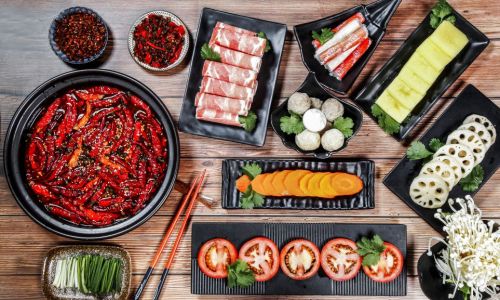
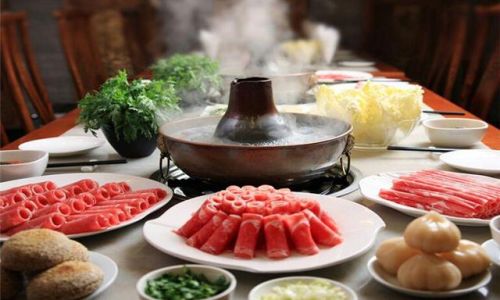
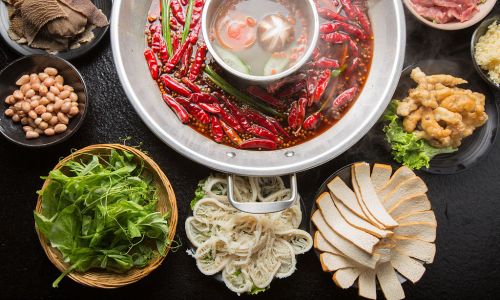
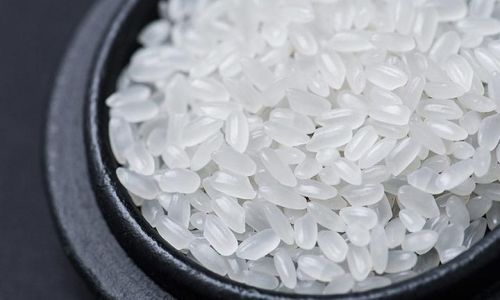
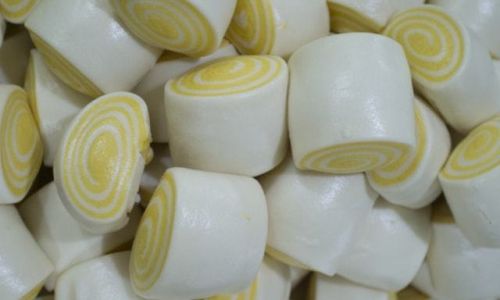
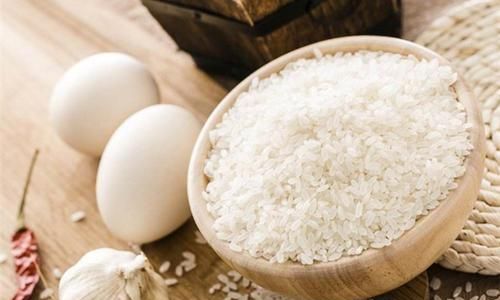
0 comments